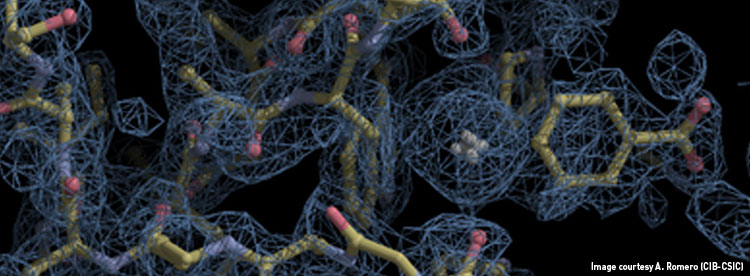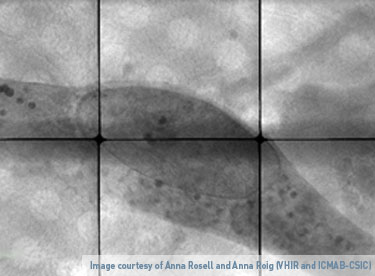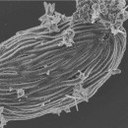
New insights about the symbiosis between microbial organisms have been revealed. It is known microorganisms have magnetic properties that allow them to navigate collectively in sediments. Now, a new work opens the way to apply interdisciplinary approaches between materials science and these microbial organisms to understand mechanisms associated with the emergence of new biological functions. Studies at MISTRAL beamline of ALBA have contributed to understand how the bacteria symbionts physically interact with their host and the origin of the magnetic properties of the ensemble.

A research led by the ITQ-CSIC-UPV has discovered a new catalyst enabling hydrogenation of carbon dioxide to methane with advantages not seen until now. This new catalyst, whose structure and mechanism have been understood by synergistically exploiting different ALBA Synchrotron techniques, can be used for methane (natural syngas) production, that is considered as a promising energy carrier for hydrogen storage.
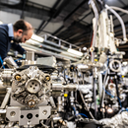
One of the latest beamlines of ALBA, performing ARPES (Angle Resolved Photo-Emission Spectroscopy) experiments, has been essential for IMDEA Nanociencia and ICN2 researchers to demonstrate how the conducting surface states of a special class of materials -topological insulators- change due to the introduction of magnetic impurities via doping with a small amount of rare earth elements. These results will help understanding better the quantum anomalous Hall Effect which is essential in the development of spintronics.
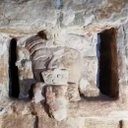
Scientists from the University of Granada found out for the first time the composition of Maya lime mortars and stuccoes. These materials are so durable and have survived until our times in an excellent state of preservation. In an article published in Science Advances, materials used to build the Maya site of Copán (Honduras) in the 4th to 9th centuries have been analyzed; with, among other techniques, the MSPD beamline of the ALBA Synchrotron.

A study published in Advanced Functional Materials and led by researchers in the United Kingdom, in collaboration with BOREAS beamline at the ALBA Synchrotron, has proved the possibility to store magnetic information in picosecond timescales at a fullerene - oxide interface by using the photocurrent generated in the molecular layer. This holds great potential for the development of eco-friendly, ultra-fast hybrid information memories and magneto-optic sensors working via light or electrical irradiation at high frequencies.

